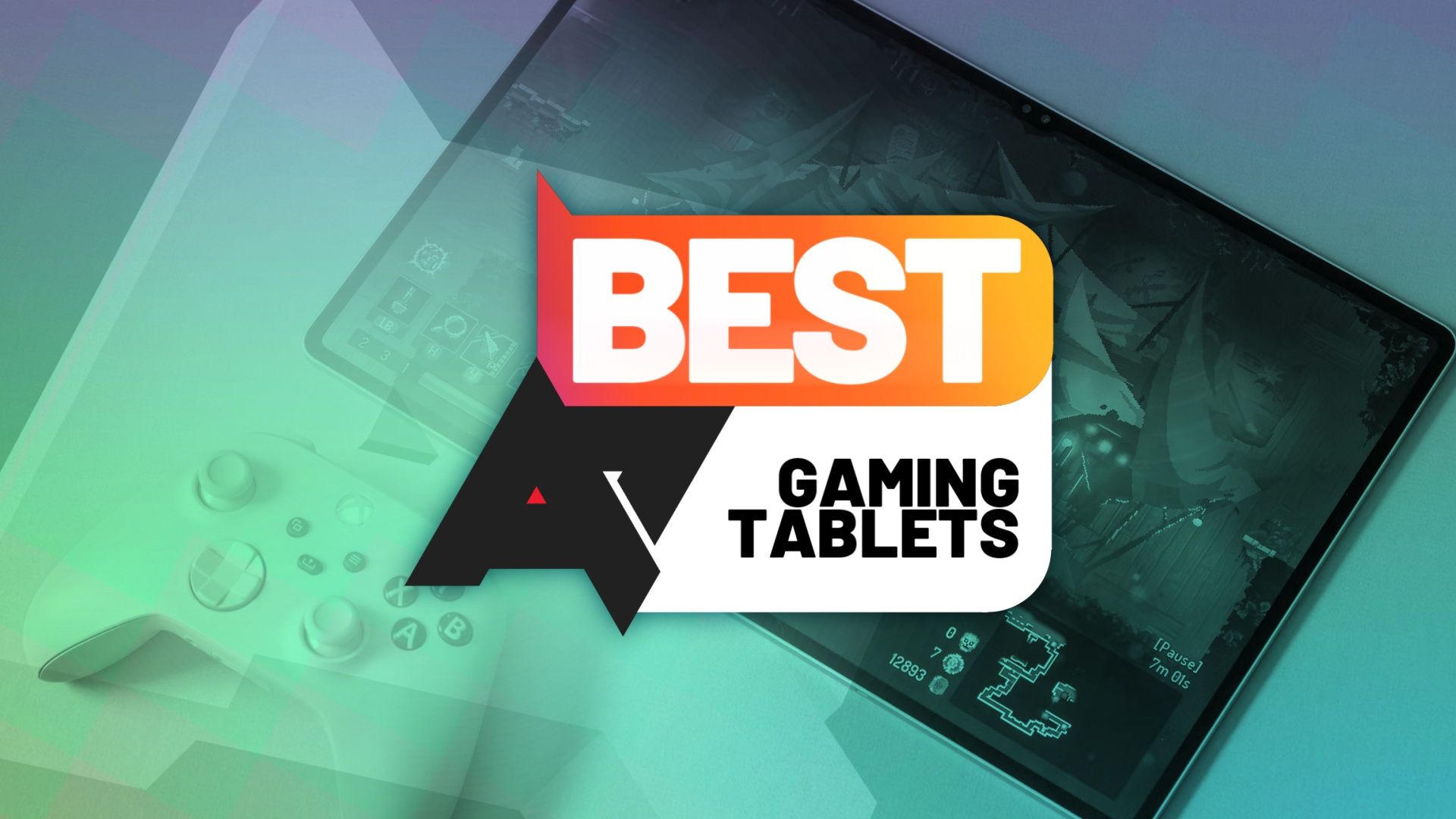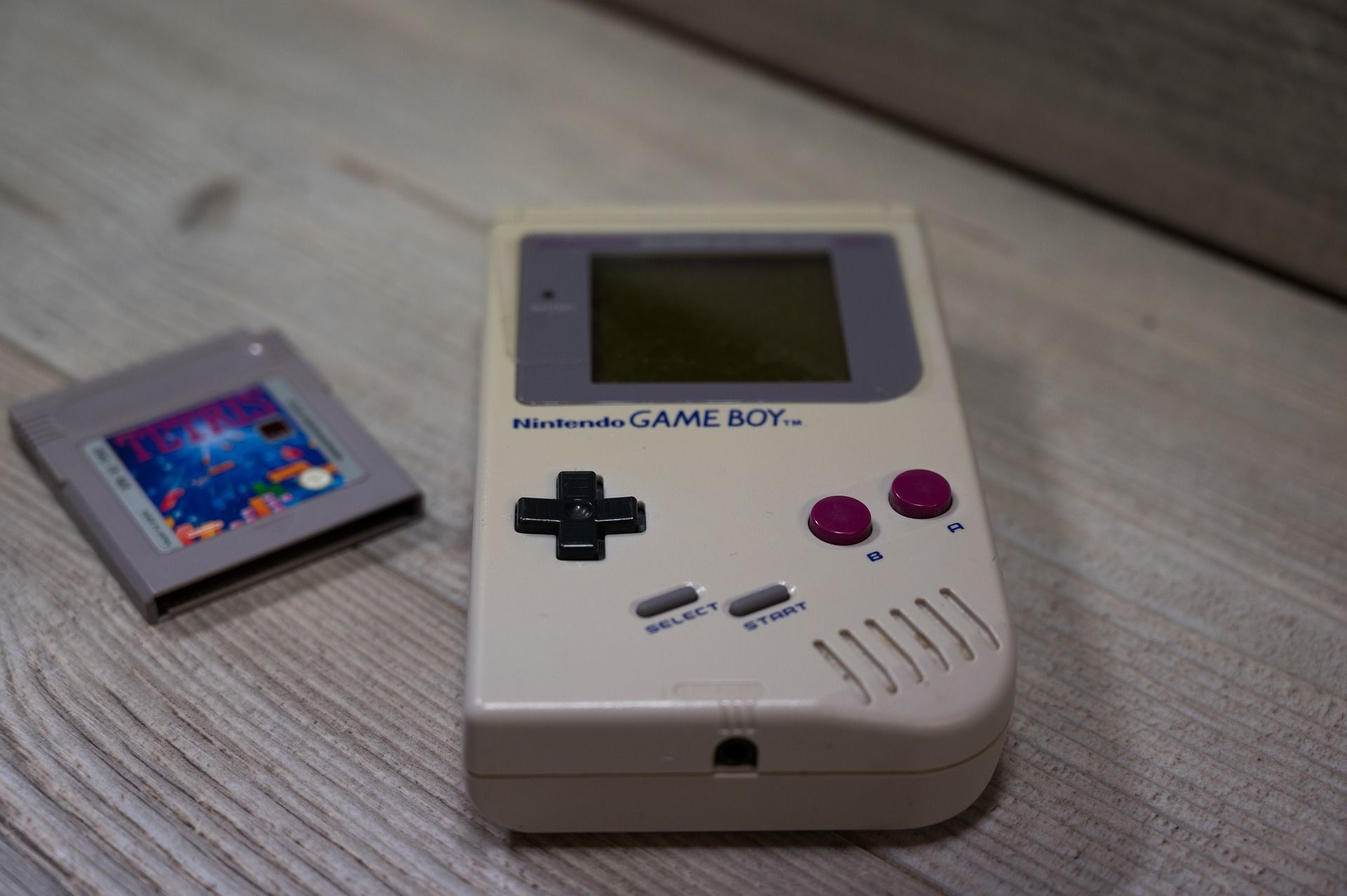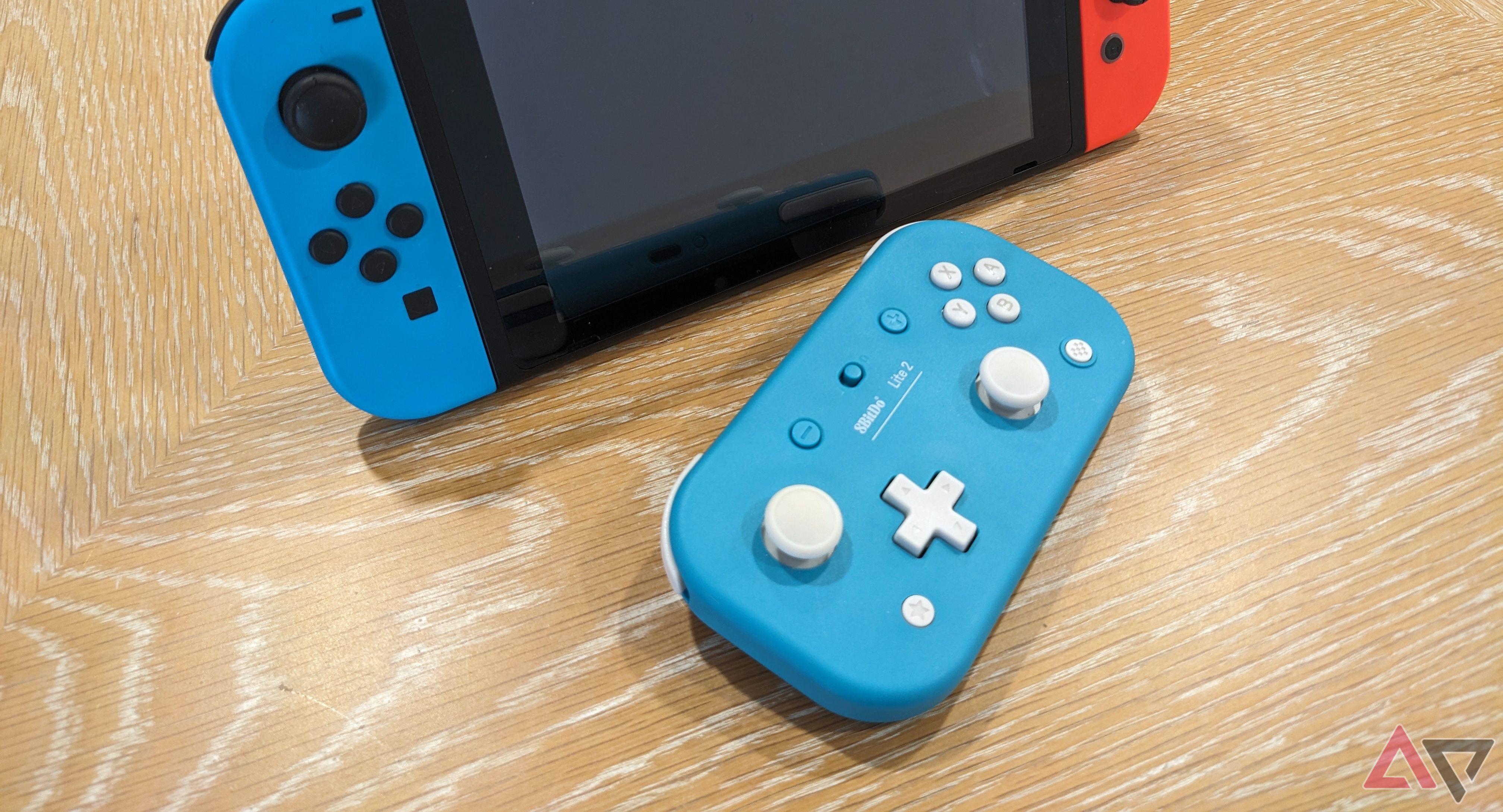Tetris outlasted the Cold War, console wars, and the personal technology explosion. This little game of falling blocks with catchy Russian folk tunes for a soundtrack has had a remarkable journey. Tetris turns 40 this week — the Big Four-Oh. The world’s most beloved game is over-the-hill.
This is why I wanted to take a look back at the game that grew from a simple Soviet engineer’s hobby to a global sensation that bridges age, culture, and politics, and reminds us what fun gaming truly is.

Best gaming tablets in 2024
Tablet gaming offers players a range of prices and features, but that also means lots of choices
The birth of Tetris
A soviet engineer just wanted to make people happy
Alexey Pajitnov was a young software engineer with a warm smile and a kind heart. He worked for the Soviet Academy of Sciences in the former USSR. It was 1984, and the Cold War was at its height.
Pajitnov’s job was to test computer hardware, but his heart lay in software development, particularly games and puzzles. He dreamed simply of making people smile. He was inspired one day while working on an Elektronika 60 computer, a clunky Soviet-designed computer from 1978 with no GPU.
Pajitnov’s inspiration came from the childhood pentomino puzzles he used to play with. He pictured lines of blocks falling down the computer screen and trying to fit them all together. He wrote a program and found that pentominoes, five-block shapes, didn’t fit on the screen, so he reduced them to four blocks or tetrominoes. Tetris was born.
From Pajitnov to every Soviet computer
Tetris was an instant hit with the Soviet apparatchiks
Pajitnov’s fun little game was a smash hit at the Soviet Academy of Sciences and was soon on every beige-colored Elektronika 60 computer in the building. But it eventually escaped its confines and made its way through the Soviet bureaucracy, thanks to 3.5″ floppy disks.
By the end of 1984, nearly every Soviet government bureaucrat was happily playing Tetris while wasting their day at work. Despite the restrictions against exports and imports, thanks to the Soviet government’s monopoly on trade, Tetris soon made its way to other Warsaw Pact countries and was hugely popular in Hungary and Poland by the end of the year.
There was something new and trendy buzzing behind the Iron Curtain. That’s how software salesman Robert Stein discovered the game while on a business trip to Budapest in 1985.
Tetris hits the big time
The world outside the Iron Curtain falls in love with Tetris
Stein worked for Andromeda Software and was always looking for the next big thing. He instantly recognized that Tetris was it. The simple gameplay was easy to learn, yet the game was challenging and provided hours of entertainment. Stein set out to acquire the rights to the game, easier said than done when it came to the Soviet Union.
The USSR maintained strict controls on intellectual property and had a labyrinthine system of rules for licensing and export. Stein found himself up against the impenetrable Russian bureaucracy. He managed to fax Pajitnov and secure his permission to share the game, although Pajitnov had no idea at the time what that would mean. Stein began to license the game to various different software companies, including Mirrorsoft and Atari.
But Nintendo had reservations and wanted to make sure the Soviets were on board. So they sent Henk Rogers, a software businessman with interests in the Japanese market, to Moscow to meet with officials from Elektronorgtechnica (“Elorg”), the Soviet agency in charge of licensing electronics and software. Stein was also in Moscow for meetings with Elorg at the same time, by what he claims was pure luck.
It took many days of intense negotiations, but Rogers was able to secure a deal to distribute Tetris in Japan and around the world on handheld devices. Nintendo was satisfied, and the game helped propel the new Game Boy handheld gaming device to the pinnacle of success.
The Tetris effect
40 years as part of global culture
Tetris became a global phenomenon in 1988 and stayed that way for three decades. It’s a game that kids and parents can play. Perhaps the most significant testament to Tetris’s global impact was its role in launching the Game Boy to unimaginable heights of success. Tetris became the handheld console’s killer app. It seemed almost custom-made for portability.
Tetris’s legacy is undeniable. 40 years later, it is still one of the most popular games in the world and has inspired hundreds of imitations and knockoffs. Heck, it’s even getting a new lease on life as a Game Boy game thanks to the newly-announced Chromatic Game Boy clone that will come with a fresh copy of Tetris. So it isn’t surprising to see the game in the Guinness World Records; it’s the most ported video game in history. It has over 200 variants and is playable on 65 different platforms.
Tetris and the modern world
The game is still thriving around the world
Tetris is practically eternal at this point. It shows no sign of waning, even four decades on. The game transitions from platform to platform and from one technology to the next with ease, much like how it spread across the Communist world in the mid-80s. Today’s fans play it on consoles, mobile phones, tablets, and computers. You can even play it in virtual reality.
Tetris Effect is the Tetris Company’s port of the game to the Meta Quest VR platform. It has won over 50 awards since it was released in 2018, adding yet more accolades to the world’s most successful video game. There’s another version of the game called Tetris 99, a battle-royale Tetris game for the Nintendo Switch. There’s even a Classic Tetris World Championship held every year since 2010. This year is a big event and happens this month, so don’t miss it.
The future of Tetris
The future is so bright I need to wear shades
The Tetris Company continues to innovate and explores new ways to keep the game on top. Virtual reality and multiplayer battle royale are just two examples of how it keeps Tetris relevant. But the game does not need to do much. The basic simplicity of Tetris is unchanged and is what makes it future-proof.
One area where Tetris may explore is AI. I’m not sure what this would even look like, but perhaps one day we’ll be able to challenge Google Gemini to a best-of-five Tetris tournament.
More than falling blocks
The entire eastern bloc fell, and Tetris was free
Mirrorsoft, Nintendo, Robert Stein, and Henk Rogers were caught up in a whirlwind of lawsuits and international conspiracy during the final years of the 1980s. But the Berlin Wall fell, and the Soviet Union went down with it. Alexey Pajitnov, the kind Russian programmer who created Tetris immigrated to the United States and was an instant celebrity.
He and Henk Rogers founded The Tetris Company together. They had become the best of friends and both worked tirelessly to re-acquire all the rights. Finally, the game was back in Pajitnov’s hands and all the rights were under one roof by 1996. Pajitnov and Rogers had struck it rich, and it appears to be well deserved.
Tetris is a globally shared pastime. People from different ends of the earth can relate to the simple game of falling blocks set to endearing Russian folk tunes. The game is sure to last another 40 years, so here’s looking forward to plenty more years of stacking tetrominoes.

Why are video streaming platforms so insistent on pushing game streaming on us?
First Netflix, now YouTube, who’s next?










